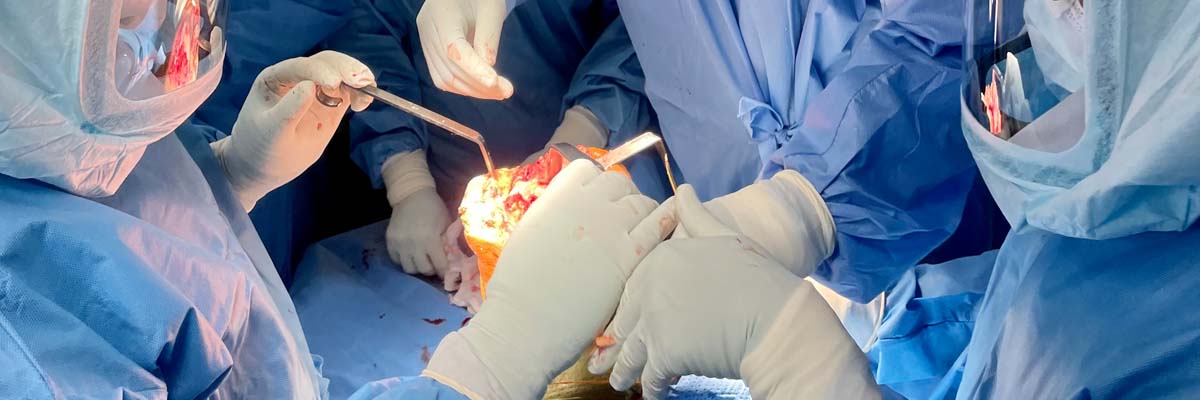Trauma Surgeries

Trauma surgery is a specialized branch of orthopedic surgery that focuses on the treatment of severe and complex musculoskeletal injuries resulting from trauma. These injuries typically involve fractures, dislocations, soft tissue damage, and injuries to the joints, bones, ligaments, tendons, and nerves.
Our orthopedic trauma surgeons are highly trained and experienced in managing acute injuries caused by accidents, falls, sports-related incidents, motor vehicle accidents, and other traumatic events. We work to stabilize and repair the injured structures, restore function, and promote healing.
The goals of orthopedic trauma surgery are
Assess and stabilize the patient
Orthopedic trauma surgeons are skilled in performing initial evaluations and assessments to identify life-threatening injuries and stabilize the patient. This may involve addressing severe bleeding, providing pain relief, and ensuring adequate circulation and breathing.
Fracture Management
Managing fractures resulting from trauma. They utilize various techniques such as closed reduction (manually aligning the fracture), open reduction (surgically realigning the fracture), and internal fixation (using implants such as plates, screws, or rods to stabilize the fracture). The goal is to restore alignment, stability, and function to the fractured bone.
Soft Tissue Repair
Traumatic injuries often involve damage to the soft tissues surrounding the bones and joints, such as muscles, tendons, and ligaments. We are skilled in repairing and reconstructing these structures to restore proper function and stability.
Joint Reconstruction
Trauma can result in severe joint injuries, including dislocations and fractures involving the joints. Our orthopedic trauma surgeons are trained in joint reconstruction techniques to restore joint stability, mobility, and function.
